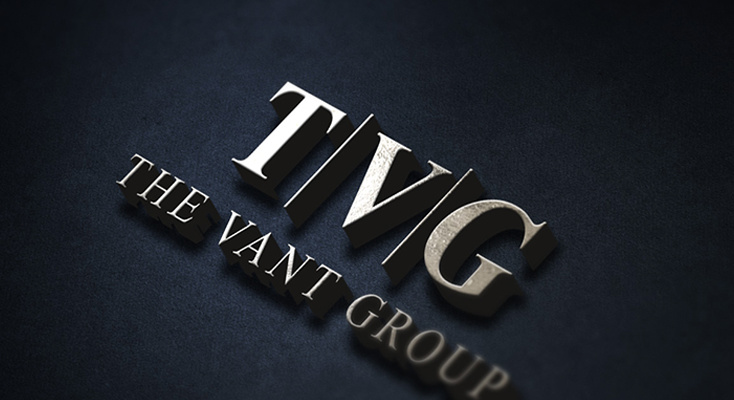Gathering Pertinent Documents – Part II
Asset and Liabilities
There are assets and liabilities on a balance sheet that can be transferred with the sale or kept by a seller. A buyer needs to know exactly what assets and liabilities are to be transferred with the sale so that he can make an educated offer. Samples of these items include: accounts receivable, accounts payable, pre-paid deposits, cash, debt on assets, leases, etc. By identifying what is included from the start, misunderstandings can be eliminated. It is prudent for a seller to identify which leases and notes can be transferred to the buyer before the negotiating process begins. Discovering a liability that cannot be assumed until late in the process, after the deal has been structured, is inconvenient and could cause a deal to collapse.
Facility information
A prospective buyer wants to know everything about the facility that will house his new business. A few questions to ask are: Where is it located? Is there a long-term lease? Is real estate included in the deal? What is the square footage? If you are renting, it is imperative to perform preliminary due diligence to determine if the lease can be assumed, how much time is left on the lease, and other factors that would be covered respective to the business transfer. Leases are not easy legal instruments to negotiate. The lease can be a deal stopper if attention is not paid to this area in the beginning. Most owners do not want to involve their landlords in the sale process until they know that the deal is going to go through. If the landlord is going to be difficult or change the lease term or rate to the buyer, it is a good idea to know what the new parameters will be before starting the process. If a landlord desires a longer lease than a buyer wants, a lease option to extend after the base period rather than a fixed long-term commitment may be used.
If you own the real estate and will be leasing to the buyer, it is important to determine the trend of building taxes and insurance and be prepared to put these trends in the lease. If is also important to determine the rent you would charge a new owner since it will have an impact on his cash flow. If you own the real estate and plan to increase the lease amount, be aware that this added amount would be subtracted from the cash flow resulting in a lower business sale price. Often the lease amount can be structured to remain constant for the first two or three years and then increase it. This delayed increase may not lower a sale price, as an immediate increase will. Again, awareness of these factors before the process begins gives you a stronger negotiating position.
Employee information
The most valuable asset in addition to FF& E (Furniture, Fixtures and Equipment) is the employee base. At a minimum, the following questions at should be answered in the information prepared in a marketing package: How many employees are there? What is the tenure of each employee? What is the pay structure? Is there a stable workforce? Do the employees know the business is for sale? Is the owner willing to stay on as an employee? Whatever employee information is provided can be displayed without use of specific names by replacing the names with titles.
An excellent graphic tool to summarize the employee situation is an organizational chart. The chart should include the following variables: employee hierarchy, tenure, pay, responsibilities, and titles. Because the value placed on employees is a part of goodwill, it is more difficult to validate. The more information provided about employees, the more salable a business will be.
Company history
A chronological summary of a business will provide a prospective buyer a road map to a company’s history. A prospective buyer will be able to look at historic financial statements together with the company’s business history to perform an overall analysis. A sampling of questions to consider is as follows: Has a new line been recently added? Has the business been moved? When was this business formed? Is the business run by the original owner? What has been the marketing program since the company’s beginning?
Source:
Vantarakis, Alexander and Whitehurst, William. EXIT.
https://www.thevantgroup.com/product/exit-a-business-owners-guide-to-selling-a-company/


